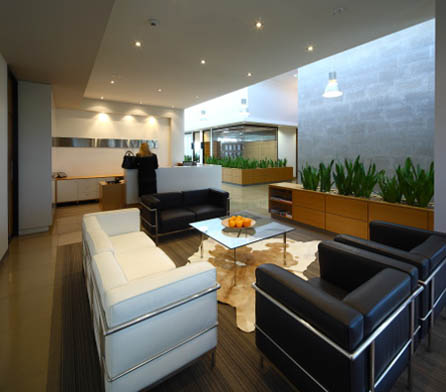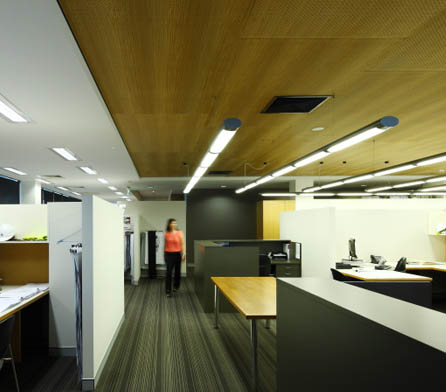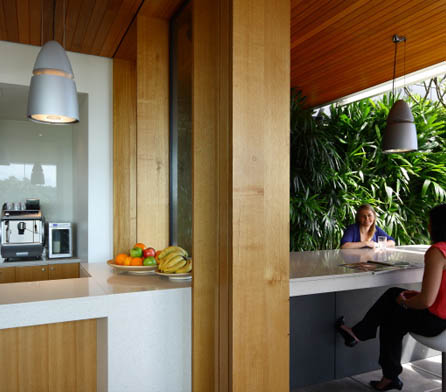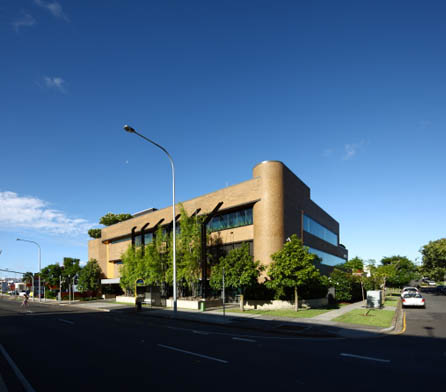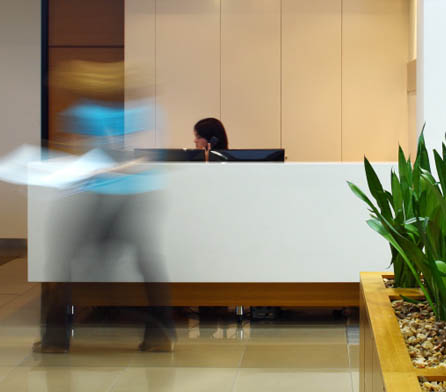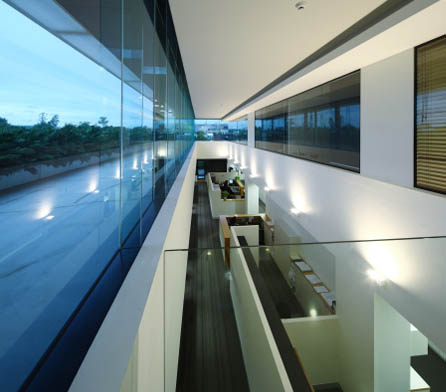Wiley & Co head office refurbishment
| Client: | Wiley & Co |
| Location: | Woolloongabba, Queensland, Australia |
| Scope overview: | Redevelop a disused Westpac Bank cheque processing facility into a multi-award winning, sustainable A-grade commercial space |
| Facility: | Wiley Head Office |
| Project Profile: | Read the project story |
